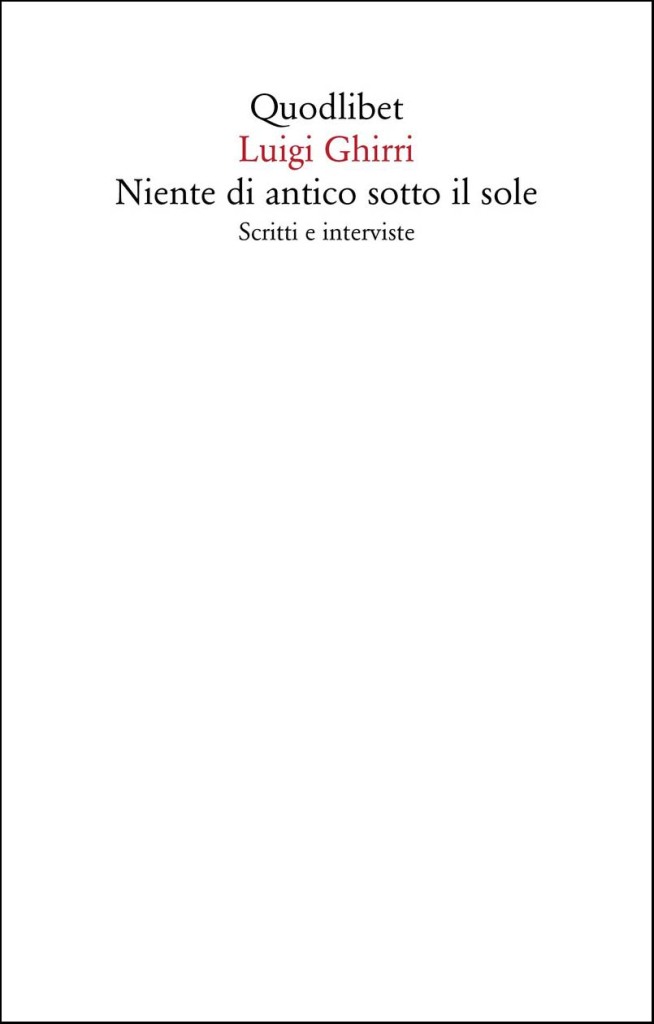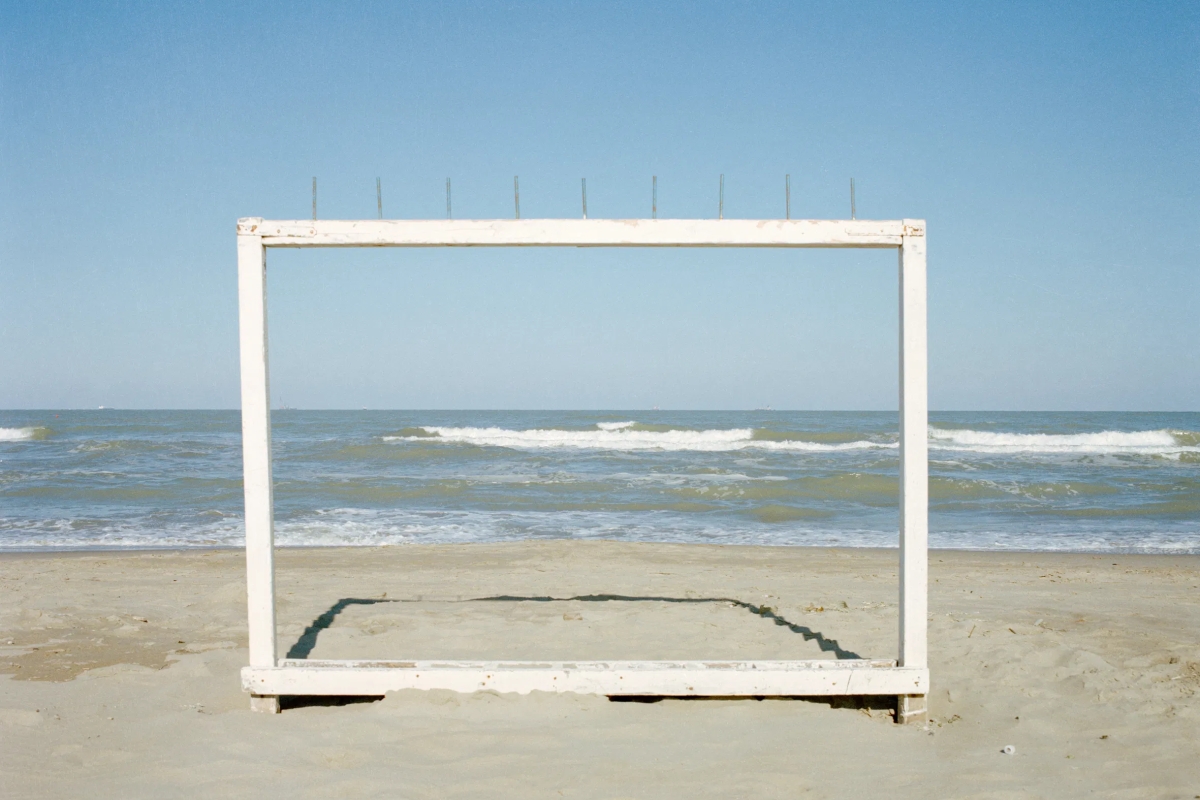The event of the year in the world of Italian photography publishing is the release of a book that does not contain a single image: “Niente di antico sotto il sole – scritti e interviste”[Nothing ancient under the sun – Writings and interviews], by Luigi Ghirri (Quodlibet, €22). What is remarkable is that, despite the fact that the photographer from Modena, who died in 1992, was recognized internationally as one of the masters of the second half of the twentieth century and that this collection is one of the most fascinating books one can read on the subject of photography, the volume had long since become unavailable in Italian. Those who wanted to study Ghirri’s thought had to get the English version published by MACK.
The original edition, published in 1997 by SEI, which today’s Italian and English editions followed, was edited by Paolo Costantini, who collected and edited the texts, and by Giovanni Chiaramonte, who put forward an anthology of images. The original title, in fact, was: “Niente di antico sotto il sole – Scritti e immagini per un’autobiografia” [Nothing ancient under the sun – Writings and images for an autobiography], in the conviction that Ghirri had written his own story with both words and photographs in equal measure. Instead of having notes to the edition by Chiaramonte and the foreword by Costantini, the Quodlibet volume now proposes the essay that Francesco Zanot has written for MACK.

This operation attempts to fill a serious gap in the literary landscape and will allow Ghirri’s book to permanently be added to the list of essential texts for those who want to read and understand photography, even if the advice given to booksellers is to insert the volume in the “art essays” section. It belongs there.
Ghirri’s trajectory, in fact, did not begin in photographic circles, as it did for some of the greats who had preceded him such as Paolo Monti or Mario Giacomelli, but in the contemporary art sphere. And the reflection that emerges from his pages is the result of a debate animated by instances in conceptual art that often questioned, on a theoretical level, the possibility of the image as such. Ghirri himself conceived the practice begun by Daguerre in a problematic way, which he defined as “the enigma of photography”. Since its discovery, “an interminable sequence of questions have come down to our days without a single one of the problems and questions that accompany photography having been answered.” According to Ghirri, Daguerre, “being the first to approach the frontier of the ‘already seen’ and at the same time of the ‘never seen’, sensed that from that moment on the life of the person would be accompanied by this double gaze, by a gap, a sort of halo that would inhabit people and places.” Hence his reference to the Book of Ecclesiastes: “Nothing ancient under the sun”.
It is an enigma that runs through the photographers he loved, especially American ones: Walker Evans, William Eggleston, Robert Adams. But also young people then still unknown like Vincenzo Castella. It is prose that cites masters of painting, greats of literature, philosophers, and “his” Bob Dylan. But above all there is the question of the meaning of art and life. “What we are given to know, to tell, to represent is but a small stretch mark on the surface of things,” he wrote in 1988. “This awareness is also the desire, perhaps naive, for a return to a state of purity, zero degree vision.” Elsewhere Ghirri uses the expression, “return to the lost original.” Because, he explains, “this feeling of the origin of things is the point from which I start to look into the landscape, knowing that there are no definitive answers, but continuing to question myself, because the answer is contained in the act of continually asking myself the question.”
